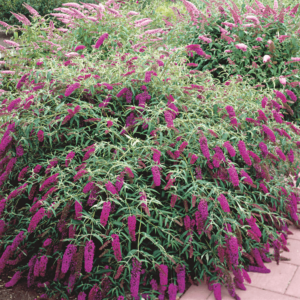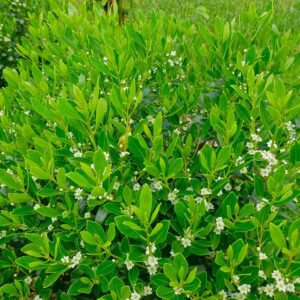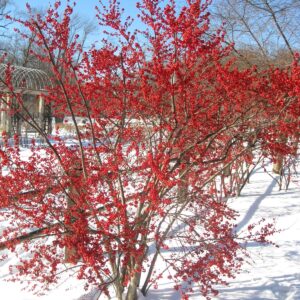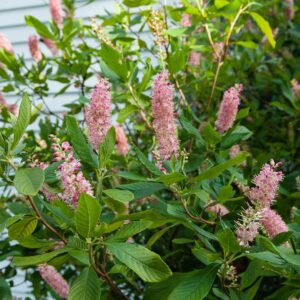Description
Cotoneaster Characteristics
Cotoneaster are low growing deciduous shrubs that can double as groundcovers. The branches can root where they touch the ground. The small cranberry-like fruits nearly cover the plants from summer to winter. The foliage becomes red, orange and purple in fall. The variability of the colors displayed make these perfect for landscapes in need of multiseason interest.
There are multiple cultivars on Cotoneaster, and while similar, each have their own characteristics:
Cotoneaster apiculatus is a taller variety that grows mostly upright. The flowers are small and pink and eventually bloom small red fruit that is very attractive to birds.
Cotoneaster dammeri resembles creeping groundcovers more than shrubs. The tend to turn a dark purple in winter. The flowers are white and often produces more berries than other Cotoneaster.
Cotoneaster repandens have dark green leaves that can be semi-evergreen with white flowers. The red flowers and deep green foliage create beautiful contrast, particularly if the foliage is maintained into winter.
Cotoneaster rarely have serious plague or pest issues. They can be vulnerable to fireblight or spider mites.
-
USDA Climate Zone
Zones 4 - 8
-
Height
.75 - 3.00'
-
Spread
3.00 - 6.00'
-
Bloom Time
May - June
-
Water
Medium
-
Sun
Full Sun - Part Shade
-
Maintenance
Low - Medium
-
Deer Resistant?
Yes




